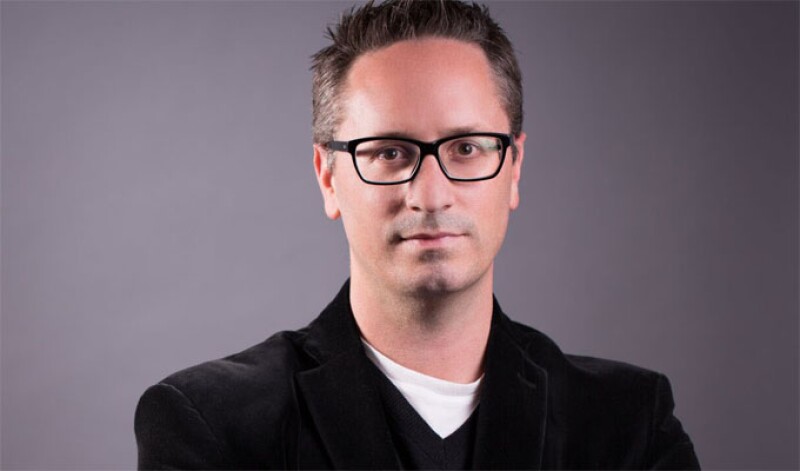
The trouble is, says Rey, that you don’t provide the information a cloud provider needs. Really basic stuff, like where your fibre runs.
“Roads and sewers are well mapped out, but in telecoms we don’t have the same,” says Rey, who is director of global network acquisition.
“When we go in and ask a provider for a map of their route, we don’t always get access,” he adds. “They claim security and confidentiality.”
But, sometimes, he suspects, they don’t actually know, especially as we’re in a period when carriers are consolidating. “There’s a lot of tribal knowledge in people’s heads,” he says. Carriers operate as “islands”, people tell him, and they add: “We do have something but it was from that old company.”
He accepts that “it’s a matter of time and resources”, but insists that some companies’ standards of documentation are inadequate. “When a service is delivered, you don’t have the same consistency across the different carriers. Documentation is the last thing people pay attention to.”
Rey will be speaking at Metro Connect on Monday afternoon on how carriers should work with content providers to provide the best service. Later in the afternoon he’ll be taking part in a panel on “What is content without delivery?”
That’s the point he makes. Microsoft’s distribution model has changed, he says. The company wants to use carriers “so everyone can use the services we’ve developed and will continue to develop over the coming years”, he says. “What we’re needing is a better understanding of the infrastructure – the plumbing of these global networks.”
Sometimes it’s at the metro level and sometimes right inside the facility that standards can slip. He picks two stories from his career in the telecoms industry before he joined Microsoft in 2013.
In one, the company had bought some metro fibre, and he was keen to see where it ran. Under a parking lot, he found: not ideal. The second story features a point of presence in a major city that his then company maintained.
“Except it went offline every Monday at 9am.” He and his colleagues were mystified – “so we got a technician to sit in the room on Monday morning and wait,” he recalls. You know how this is going to end, don’t you? The cleaners came in at 9am and unplugged the kit in order to switch on the vacuum cleaner.
And on top of all of those, there are the endless tales of fibres broken in the street by a bulldozer driver who paid no attention to those “Call before you dig” notices.
“The main focus for our business is that we’re delivering bits to the end user. The key for us is not so much the capacity but the availability of service,” says Rey. “People want data at any time in any way they want it. For people running mission-critical services the downtime becomes an issue.”
So he and his team – as well as other content providers – need to work with carriers to help them plan. “We need to know where are the problems, where are the single points of failure. I accept it’s hard to determine where you think you might have problems,” he says. “It needs to be available all the time.”
But there needs to be more rigour in the way carriers address the needs of content providers. He’ll be saying as much on day one of Metro Connect in Miami.





